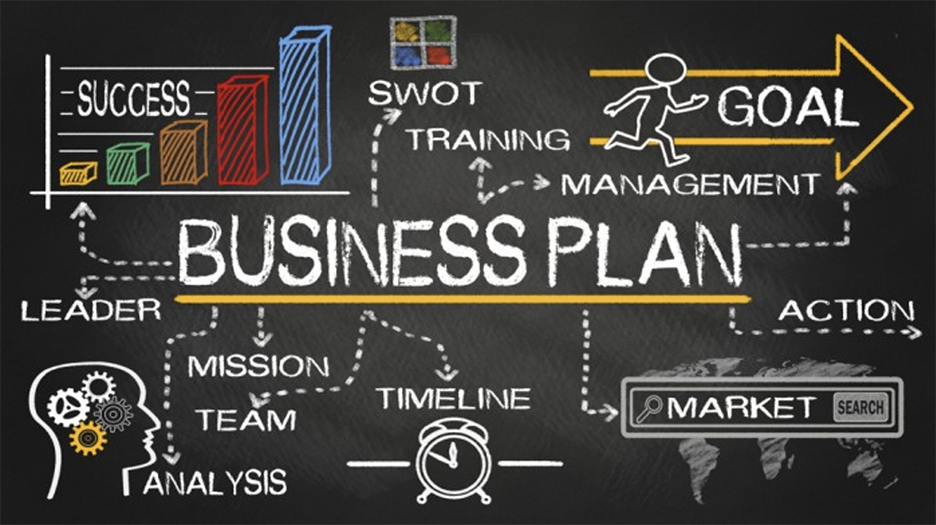This article was published in the Winter 2019 issue
by Jeff McClean, Wealth Advisor, & Josh Rogers, Senior Wealth Planning Strategist,
Wells Fargo
![]()
As Utah’s technology sector continues to grow, and creates a reputation far beyond Utah’s borders, investors and companies from all over the world have focused their attention on Utah’s fast-growing tech companies. An incredible byproduct of this attention has been money pouring into Utah for funding rounds, acquisitions by global companies and private equity firms, and successful initial public offerings. As a result, Utah’s tech founders and executives have benefited financially in ways that are a regular occurrence in Silicon Valley, yet are still a new phenomenon on the Silicon Slopes.
With this financial success comes incredible opportunities for founders and executives to enrich their families, their employees, and our community in significant ways. However, the very attributes that help their company succeed – a singular focus of time and energy on their product and employees – can work against them as they approach a liquidity event. Although successful technology leaders plan their product offerings, hiring, real estate, and funding years in advance, many of these same leaders fail to devote the necessary time to their own personal planning. And only when an impending liquidity event approaches do they engage in a mad scramble to plan for what is likely the most important financial event of their lives.
Whether it’s a small amount of shares redeemed during a funding round, a successful sale, or an IPO of the company, acting intentionally and with purpose can pay dividends for your family – well beyond the simple financial benefits. As a best practice, founders and executives should at a minimum annually consider the following questions as they evaluate their own planning:
- Is my company currently organized to maximize the goals of the owners, whatever those goals may be (e.g., maximize value, dominant market position, social good, etc.)?
- How do I hold my ownership in the company personally and is there a better way to achieve my personal goals in planning for future financial benefits?
- What happens to my ownership if I pass away unexpectedly and how do I ensure my family is provided for?
Here are a few thoughts as you consider each of these questions.
Question 1: Is my company currently organized to maximize the goals of the owners, whatever those goals may be (e.g., maximize value, dominant market position, social good, etc.)?
During the life cycle of a startup, the answer to this question may change. At founding, a simple entity structure with straightforward ownership is typically all that is needed as the focus is rightly on building a product and ensuring there is a market for it. Initially, companies may favor a pass-through entity like an LLC. For companies who take early outside funding and strive for growth in shareholder value regardless of profitability, many consider switching to a C corporation, which also may provide personal benefits in the way of qualifying the shares as Qualified Small Business Stock (QSBS)1. As the company raises significant funding, the complexity of the corporate structure will increase as founders and executives look to retain voting rights, operational authority, or veto rights as investors take increasing amounts of ownership. These decisions are critically important for protecting your most important asset.
Question 2: How do I hold my ownership in the company personally and is there a better way to achieve my personal goals in planning for future financial benefits?
After the initial stage of ownership in your individual name, continued success of the company may lead a founder or executive to hold their ownership through a holding company, trusts, or some combination of the two. Consideration must also be given from a very early stage on how not to hold ownership. For example, holding ownership through an S corporation may limit the owner’s ability later on to take advantage of QSBS planning opportunities. Or, redeeming the shares of a departing co-founder too early, can create QSBS disqualification for all the owners. Trusted and experienced advisors can help counsel first time founders to avoid these pitfalls.
Question 3: What happens to my ownership if I pass away unexpectedly and how do I provide for my family?
Although many of us consider ourselves invincible, with success comes the responsibility to you, your family, your shareholders, and your employees to consider what to do if the unthinkable happens. First, and most importantly, is ensuring your family is taken care of. By far, the most valuable asset of a founder or executive is their ownership in a fast growing company. That ownership, however, does not distribute dividends, is not publicly marketable, and carries significant downside risk. Careful and creative planning is often necessary to ensure an effective transition.
Next Steps
Annual long-term business planning meetings are not only essential for your business – they are imperative for you personally. As we approach 2020, there is no better time than now to circle with your family and trusted advisors to plan for your uncertain future. If you consider the questions above and more questions come to mind, please feel free to email me additional personal planning questions you find essential and why.
—————————
1 See Internal Revenue Code Section 1202. For a deeper discussion of QSBS, which is beyond the scope of this article, please feel free to reach out.
Josh Rogers is a Senior Wealth Planning Strategist for Wells Fargo Private Bank. Josh can be reached at Joshua.rogers@wellsfargo.com. Jeff McClean is a Wealth Advisor with Wells Fargo Private Bank and a Silicon Slopes Advisory Board member. Jeff can be reached at jeffrey.t.mcclean@wellsfargo.com.
Wells Fargo Private Wealth Management provides products and services through Wells Fargo Bank, N.A. and its various affiliates and subsidiaries.
Wells Fargo Bank, N.A. is a bank affiliate of Wells Fargo & Company.
WCR-1119-00107
Read the rest of the articles in the Winter 2019 issue of Silicon Slopes Magazine


